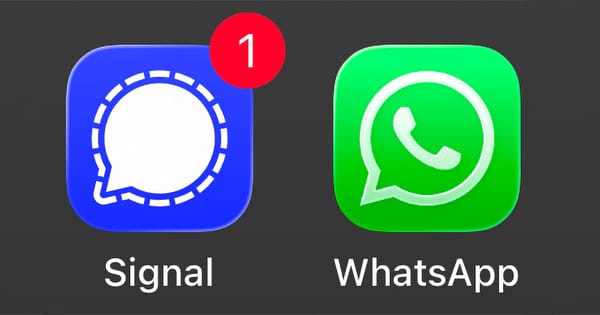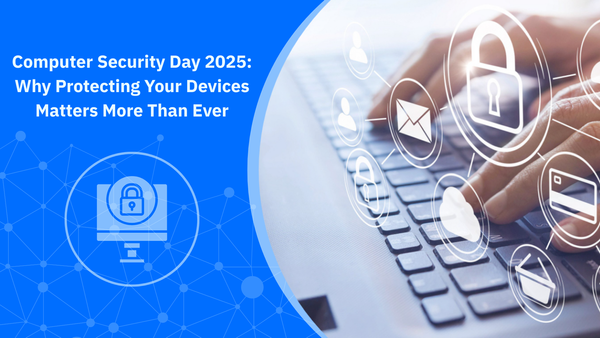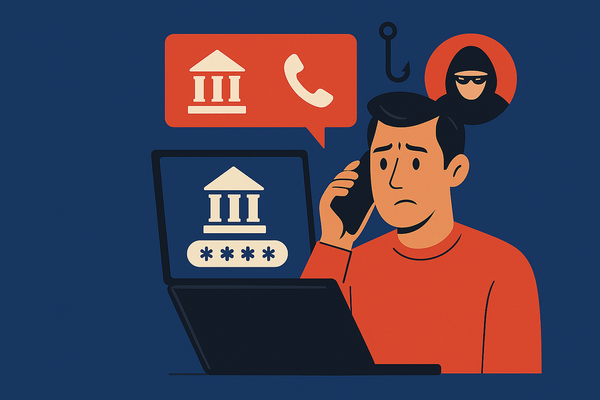Australia's Banks Combat Scams with New 'Confirmation of Payee' System

Let’s face it: scams are on the rise. Everywhere.
To help prevent Aussies from losing their hard-earned money, Australian banks have started rolling out a system called Confirmation of Payee or CoP for short.
This initiative aims to prevent scams by verifying that the recipient's account name matches the intended payee's details before processing transactions.
What is Confirmation of Payee?
The CoP system is designed to protect consumers from sending money to the wrong person. In our case, that would be a scammer. When initiating a payment, the system checks if the account name entered matches the records of the recipient's bank. If there's a discrepancy, the payer is warned before proceeding with the transaction. This added layer of verification aims to prevent misdirected payments and reduce the success rate of scams involving fake invoices or payment redirection.
The Australian Banking Association has announced that major and mid-tier banks will implement CoP during July 2025, with all other deposit-taking institutions, including credit unions and building societies, adopting the system by the end of the year.
Why is this important?
Nothing beats a real story to put things into perspective.
According to ABC News, a 24-year-old tradesman from Sydney experienced firsthand the devastating impact of such scams. Just last year, he lost his $109,000 first home deposit after receiving a fraudulent email that appeared to be from his conveyancer, complete with a fake Property Exchange Australia (PEXA) form. Believing it to be legitimate, he proceeded to transfer the funds, only to discover later that he had been scammed. Despite immediate reporting, the money was unrecoverable, and his bank offered only $1,000 in compensation.
How to Stay Safe from Payment Redirection and Invoice Scams
The new Confirmation of Payee system adds a safety net, but awareness remains key. Here's how to protect yourself from the types of scams CoP aims to stop:
1. Don’t Trust Payment Details Sent via Email or Text
Scammers impersonate businesses, conveyancers, or suppliers and send fake invoices or urgent payment requests. I’ve personally received hundreds of such emails, and I always ignore and delete them.
Always verify payment details by calling the business using a known, official number—not one listed in the suspicious message.
2. Watch Out for Slightly Changed Email Addresses
Fraudsters will spoof or subtly change email addresses to trick you into trusting them.
Carefully inspect sender email addresses and domain names before responding or paying.
3. Double-Check Bank Details with the Real Person
Even if an invoice or form looks official, the bank account may have been fraudulently changed.
Use CoP to verify account names—if it doesn’t match, don’t continue. Contact the intended recipient directly.
4. Use Bitdefender Scamio to Check Suspicious Requests
Got an invoice or payment request that feels off? Just share it with Scamio via Messenger, WhatsApp, or browser to see if it’s a known scam or phishing attempt.
5. Scan Links in Payment Emails with Link Checker
Before clicking any links in invoices, shipping updates, or “secure portal” messages, run them through Bitdefender Link Checker to spot fake login pages or malware.
6. Be Extra Cautious When Transferring Large Sums
High-value transactions (like house deposits or supplier payments) are prime targets for scammers. Take your time. A few extra minutes to verify details can save you thousands.
Finally, stay skeptical and informed about common or new scam tactics and share your know-how with friends and family.
You may also want to read:
tags
Author
Alina is a history buff passionate about cybersecurity and anything sci-fi, advocating Bitdefender technologies and solutions. She spends most of her time between her two feline friends and traveling.
View all postsRight now Top posts
How Kids Get Automatically Added Into WhatsApp Groups with Horrific Imagery Without Consent
November 24, 2025
Scammers Exploit Hype Around Starbucks Bearista Cup to Steal Data and Money, Bitdefender Antispam Lab Warns
November 18, 2025
Scam Alert: Fake Sephora Advent Calendar Ads and WhatsApp Messages Flood Europe in 2025
November 17, 2025
ClickFix Malware Chain Expands: Fake TradingView and Sora 2 Ads On Meta Now Target macOS Users
November 17, 2025
FOLLOW US ON SOCIAL MEDIA
You might also like
Bookmarks







